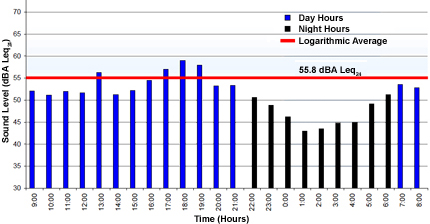Sources of Noise Problems
Background Traffic Noise
The City of Edmonton’s Urban Traffic Noise Policy (UTNP) provides acceptable noise level thresholds for the City of Edmonton and assigns responsibility for reducing excessive background traffic noise in residential areas.
Noise Nuisances
The City of Edmonton’s Community Standards Bylaw 14600 deals with noise nuisances from all sources, including motorcycles, construction, neighbours and company operations.
Railways
Railway noise is addressed under federal jurisdiction. The City’s UTNP and Community Standards Bylaw 14600 do not apply to trains or rail yard activities.
Airports
The City’s UTNP and community standards bylaw do not apply to noise from planes or airports.


